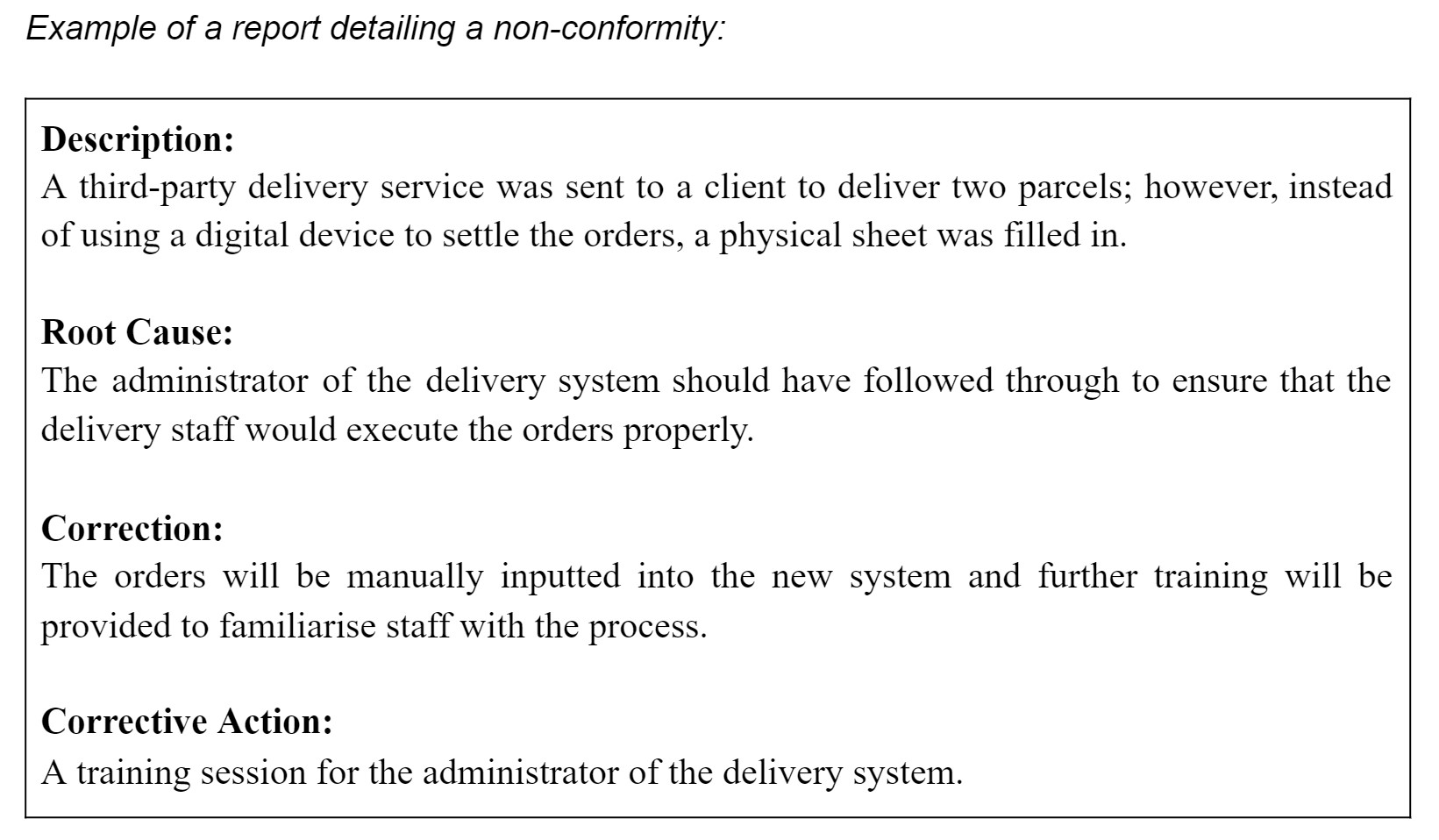The quality management standard ISO 9001 offers a holistic methodology for handling every aspect of managing a company’s operations. This international standard is highly praised by certification holders—including many businesses in Malta, which as STEP clients have successfully implemented ISO 9001 at their workplace—for raising the level of productivity and enhancing their competitiveness in the market.
Nevertheless, there is another aspect to ISO 9001 which is rarely discussed within the industry and that deserves better recognition; more specifically, the straightforward and flexible approach this standards offers to the management team when dealing with non-conformities (NCs) and the subsequent corrective actions (CAs).
ISO 9001 offers a flexible approach to dealing with problems
Whereas standard is conventionally associated with maintaining the status quo, ISO 9001 offers a set of universally adaptable and versatile guidelines that allow any organisation to meet specific customer requirements and enhance satisfaction.
This includes suggesting ideas for correcting, preventing, or reducing undesirable situations (i.e. procedural irregularities and complaints) while restoring and potentially improving the performance and effectiveness of the quality management system in place from the feedback obtained.
In this blog, I intend to take a closer look at how to effectively tackle NCs and apply CAs to any undesirable situation which negatively affects customer satisfaction. This strategy can be used in most scenarios and is an essential component in the ISO consultancy and training delivered by STEP to its clients who want to obtain ISO 9001 certification.
Six steps to tackle NCs and customer complaints
The standard outlines a simple six-step strategy that organisations should use to tackle non-conformities and complaints, namely:
- Reacting in a timely and appropriate manner to the NC, including taking steps to control, correct, and deal with the consequences.
- Taking actions to eliminate the root causes of an NC to avoid it from recurring. This can be achieved by reviewing and analysing the situation, finding its causes, and establishing whether similar situations could happen again within the organisation.
- Implementing any CAs needed to avoid reoccurrence.
- Monitoring the effectiveness of the CAs taken.
- Updating strategy and planning to consider the risks (and opportunities) posed by the NC and the CAs.
- Modify the quality management system to take the above into account, if necessary.
As in another other area of quality management, it is vital that the organisation documents and keeps evidence of the nature of the NCs encountered, the subsequent CAs taken, and the results of the latter.
Putting standard guidelines to practical use
The guidelines above provide a template, or a high-level approach, to tackling any undesirable situation affecting the organisation. In practice, non-conformities and customer complaints must be managed by your company following the specific procedures and directives set by the management team, the industry regulator, or state laws.
At this point, I believe it is crucial to stress that customer complaints are a natural part of any business, and their presence or otherwise does not have any implications on the outcome of internal or external audits. ISO 9001 merely offers a simple and practical strategy to help your organisation deal with them in a consistent and structured manner.
To give an example from our own experiences, we at STEP recommend clients who face NCs and complaints to start dealing with the situation by writing down a detailed report of the situation which includes:
- Description of the NC
- Root Cause Analysis
- Planned Correction
- Corrective Action taken

This report can be implemented in many ways, with varying levels of complexity depending on the requirements of the organisation to capture, track, and manage issues:
- A simple document with the four headings above
- A spreadsheet sheet with a list of NCs and CAs
- A folder with correspondence about NCs and CAs
- A dedicated software system for tracking and managing NCs and CAs
Continual improvement is at the heart of ISO 9001
In the last analysis, the purpose of tackling NCs and complaints head on is to allow the organisation to continually improve the suitability, adequacy, and effectiveness of the QM system.
Understanding the strategies that the ISO 9001 standard offers to deal with the inevitable hiccups in operations is yet another asset in your QM toolbox; one which helps you identify the needs and opportunities that should be addressed to ensure improvement keeps happening.





